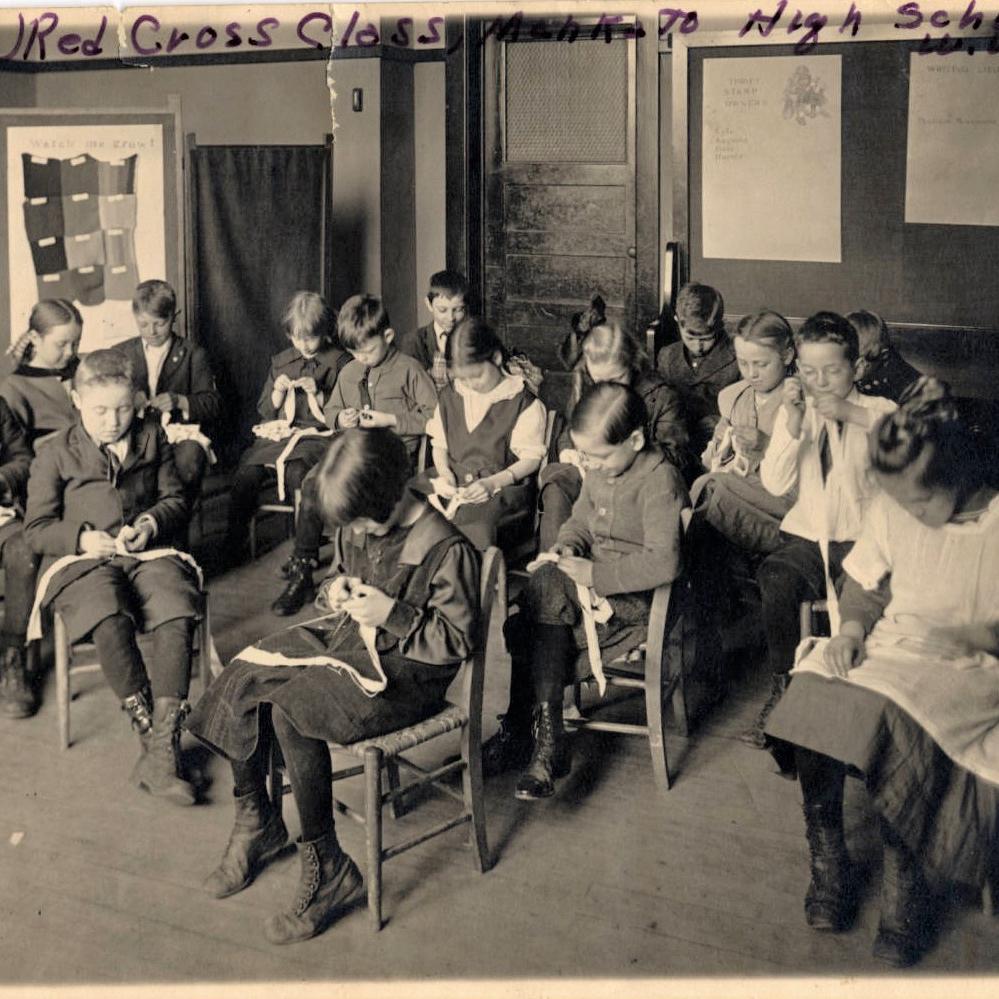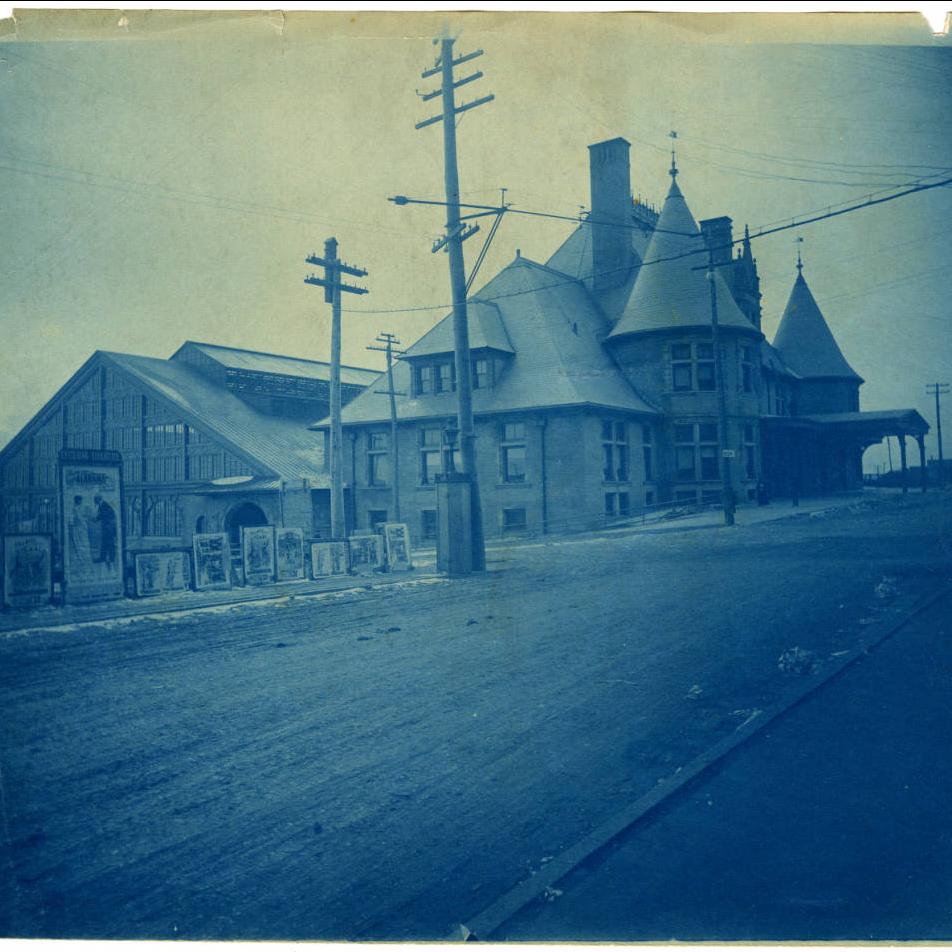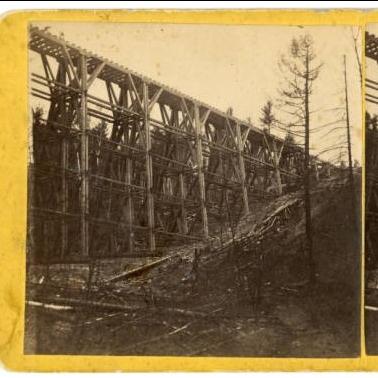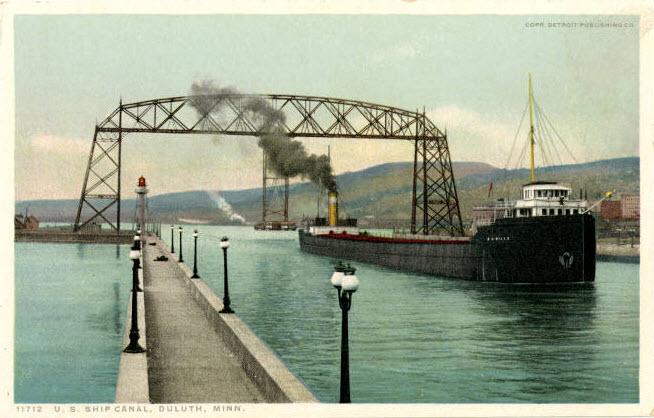Quick Summary
Learn how Carte de Visite photographs helped commercialize and popularize photography with the Minnesota Digital Library’s latest Primary Source Set.
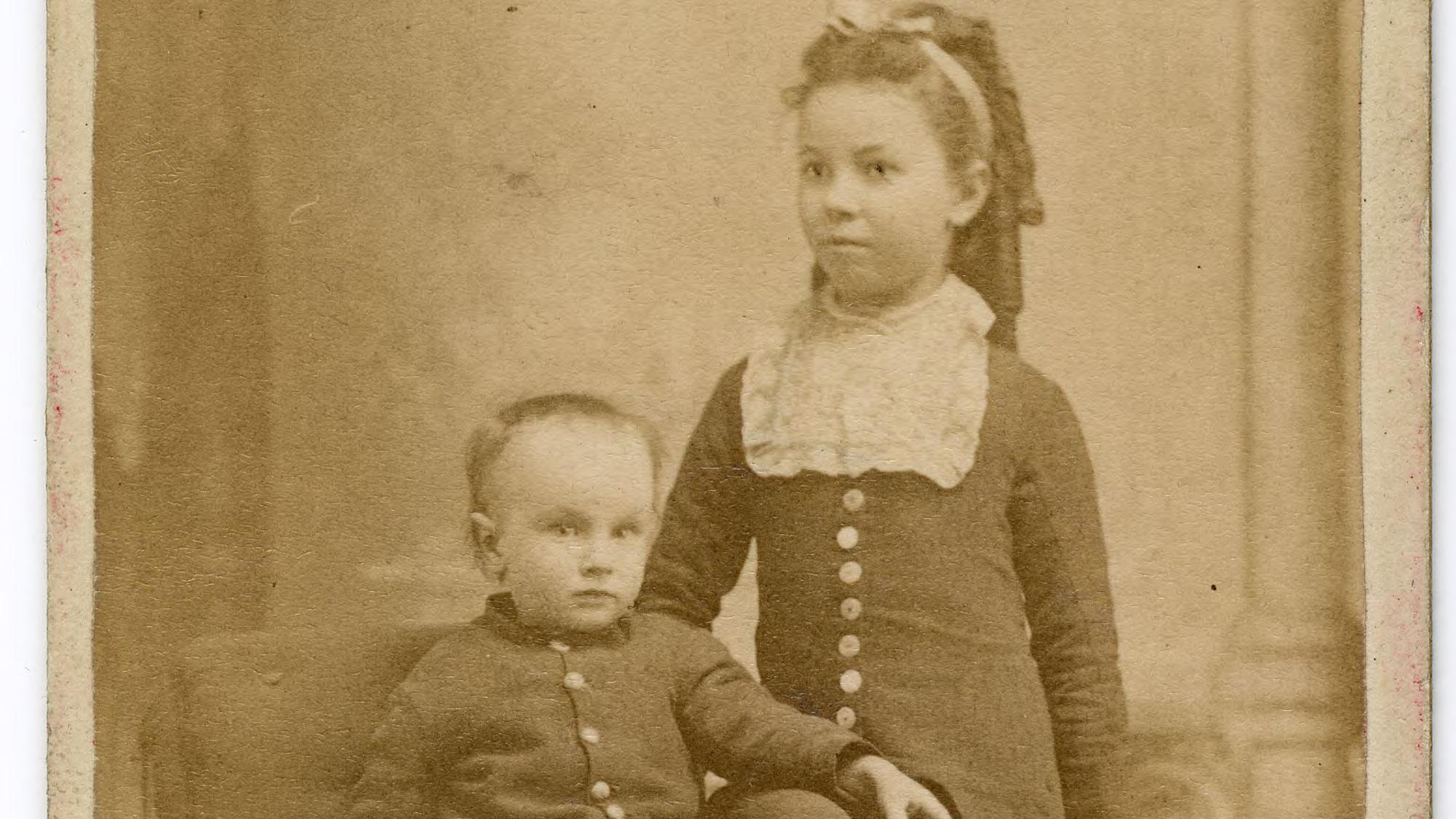
The Carte de Visite photographic technique was first developed in the early 1850s, when a photographic print was glued onto a small piece of cardstock. The literal translation of "Carte de Visite" from the French is "visiting card," and the picture’s small size allowed the images to be left as calling cards, traded, and collected in albums. The relative affordability of these photographs also made them available to the middle class.
Learn more about Carte de Visites and see examples from the Minnesota Digital Library (MDL) through our most recent primary source set: Format Highlight: Carte de Visites.
About Primary Source Sets
Drawing from libraries, archives, and museums across Minnesota, these sets include letters, photographs, advertisements, oral histories, postcards, newsletters, speeches, and more. Each set includes a topic overview, ten to twenty primary sources from the MDL collection, links to related resources, discussion questions and classroom activities.
There are 34 Primary Source Sets available for free on MDL’s website. The topics are wide-ranging and include World War I on the Minnesota home front, natural disasters in Minnesota, Minnesota’s three major railroads, Temperance to Prohibition, the mechanization of farming, the lumber industry, and the Civilian Conservation Corps.
We are continuing to develop more Primary Source Sets and welcome topic suggestions from the public. We also have a guest author program so please contact us if you would be interested in creating a set with MDL!
Image: Carte de Visite portrait of Norman C. Stork and Florence C. Stork, Pipestone, 1885. Rockford Area Historical Society, https://collection.mndigital.org/catalog/p16022coll5:3


